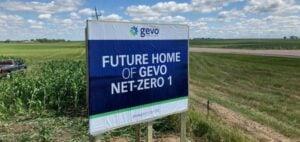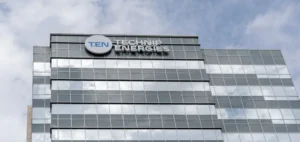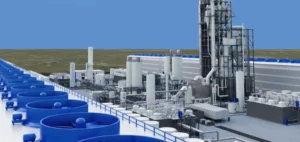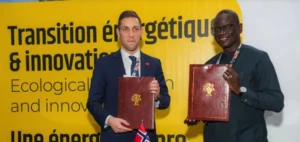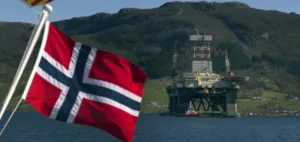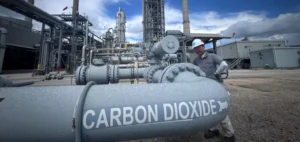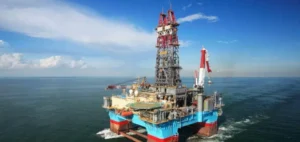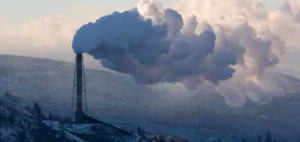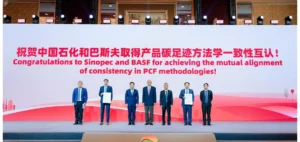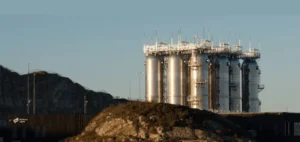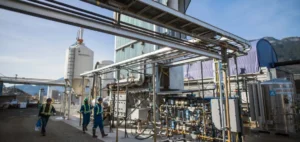Several sources indicate that India is steadily consolidating its position in the field of carbon dioxide removal (CDR). This segment differs from avoidance-type carbon credits, which have historically focused on renewable energy. According to observers, the growing popularity of CDR in India largely stems from the market’s increasing maturity and international demand. Local players are relying on this lever to diversify their carbon credit offerings and boost their visibility among international buyers.
India’s market potential
Most credits sold internationally by Indian developers have long been from the “avoidance” segment, notably in renewable energy. However, concerns over credit integrity and falling prices have fueled the expansion of carbon removal methods. Experts say Indian companies, looking to strengthen their decarbonization strategies, are increasingly exploring processes such as biochar production and Enhanced Rock Weathering (ERW). This shift reflects a desire to offer higher-value credits on the market.
Regulatory frameworks are moving in the same direction, with the inclusion of certain removal techniques in national offset mechanisms. Sources mention the authorities’ identification of ten key sectors, among which are sequestration solutions like afforestation and biochar. This integration is sparking interest among major industrial groups seeking to prepare for future compliance requirements. Project developers expect a ripple effect on the demand for removal-based credits and greater international collaboration.
Challenges and assets for developers
India’s cost competitiveness is a significant argument for expanding CDR projects, according to various accounts. Climatic conditions and the availability of agricultural resources facilitate the use of solutions such as biochar, considered less vulnerable to natural hazards than certain reforestation projects. More advanced technologies, like Direct Air Capture (DAC), are also attracting growing interest, even though their deployment is slowed by substantial initial investments. Some observers believe that suitable regulatory incentives could accelerate the rollout of these projects.
Technology-driven initiatives require specific infrastructures and skills, which can be challenging for developers. However, several sources emphasize that rigorous measurement and verification standards lend greater credibility to credits derived from these projects. Foreign investors, especially in North America, are watching India’s potential closely, drawn by competitive operating costs. New financing opportunities may arise thanks to international partnerships and the increasing recognition of CDR in global agreements.
Outlook for 2025
Sources report that in 2025, domestic demand for carbon removal credits may experience a slight increase. This expectation is linked to the progressive establishment of a national carbon market that would encourage local companies to integrate removal solutions into their strategies. Meanwhile, Article 6 of the Paris Agreement, which aims to regulate international credit exchanges, could provide opportunities for technological partnerships. Observers highlight that better understanding of removal methods and growing transparency requirements could stimulate the adoption of these credits.
Some actors note, however, that a lack of national awareness currently limits enthusiasm for these methods. The still-high cost of certain technologies, notably DAC, may hinder their rapid expansion. Several developers nevertheless plan to scale up activities—particularly in biochar and rock weathering—to meet growing expectations of international buyers. This diversification could allow them to broaden their credit portfolios and strengthen India’s position in the global market.
Concerns about sustainability and the real impact of certain projects are prompting companies to carry out more thorough checks before purchasing credits. Strict certification processes already help dispel doubts over CDR’s effectiveness. Analysts assert that the balance between international demand and Indian supply may improve with more standardized practices. Emerging growth prospects encourage all parties to carefully assess their needs and capacity for innovation.



